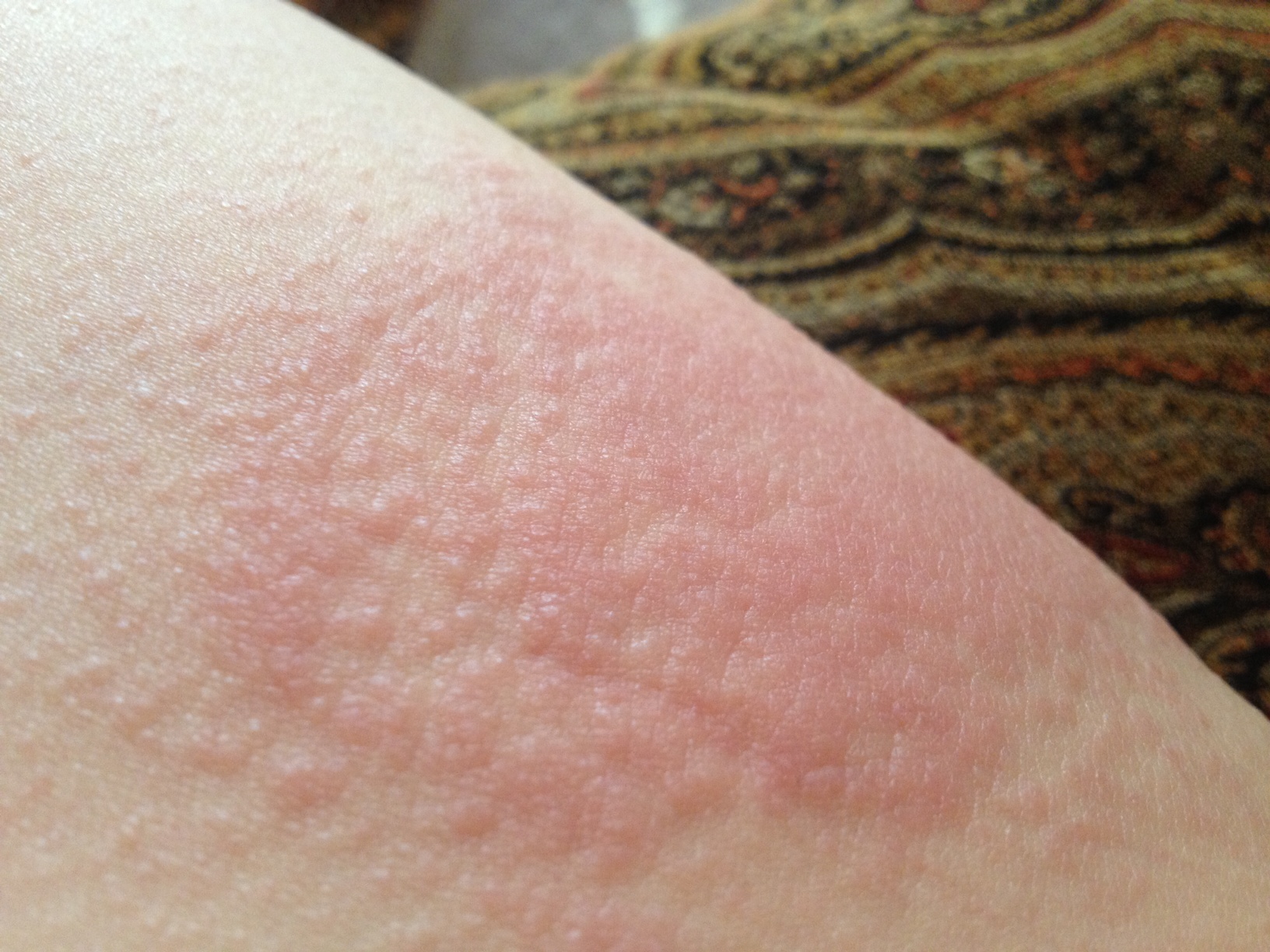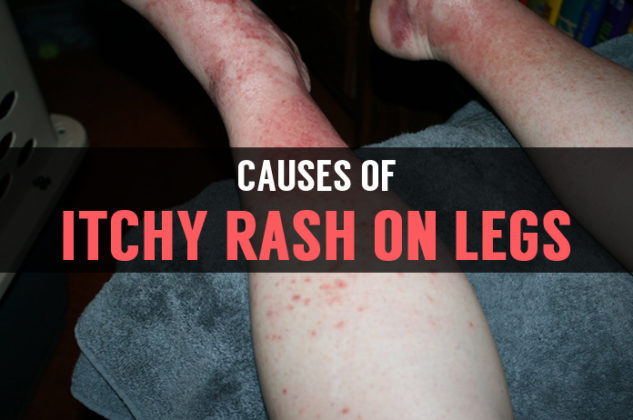

Urticaria can be one of the first symptoms of a severe allergic reaction known as anaphylaxis.Ĭall 999 immediately and ask for an ambulance if you or someone else is experiencing anaphylaxis. It can often be controlled with antihistamines.

The rash is usually short-lived and mild. There are many possible triggers of urticaria, including allergens, such as food or latex, irritants, such as nettles, medicines, and physical factors, such as heat or exercise.

Urticaria is also known as hives, weals, welts or nettle rash. A rash is an area of irritated or swollen skin. It's a good idea to let your child's school know about the infection. Once the rash appears, the infection is no longer contagious. Unless your child is feeling unwell, they don't need to stay away from school. this can look alarming, but it usually clears up by itself in one to three weeks.causes a distinctive bright red rash to develop on both cheeks.Slapped cheek syndrome is a viral infection that's common in children aged six to 10. Your GP will prescribe an antibiotic to treat it. But see your GP if you think your child may have it. Scarlet fever usually clears up after about a week. sometimes a white coating may form on the tongue, which peels away after a few days, leaving the tongue red and swollen - this is known as a ‘strawberry tongue’.the rash usually occurs on the chest and stomach before spreading to other areas of the body, such as the ears and neck.often starts with a sore throat, fever and headache, with the rash developing two to five days after infection.causes a distinctive pink-red rash, which feels like sandpaper to touch and may be itchy.usually affects children between two and eight years of age.Atopic dermatitis found to be an immune-driven disease.The fine pink-red rash feels like sandpaper to touch FDA requires warnings about increased risk of serious heart-related events, cancer, blood clots, and death for JAK inhibitors that treat certain chronic inflammatory conditions.

Role of direct immunofluorescence in dermatological disorders. Getting under the skin: Targeting cutaneous autoimmune disease. Epidermolysis bullosa acquisita.īenedetti J. Genetic and Rare Diseases Information Center. What is cutaneous lupus? Lupus Foundation of America.Īmerican College of Rheumatology. Etiological factors of systemic sclerosis in the southeast region of Romania. Scleroderma risk factors.īobeica C, Niculet E, Craescu M, et al. Psoriasis prevalence among adults in the United States.


 0 kommentar(er)
0 kommentar(er)
